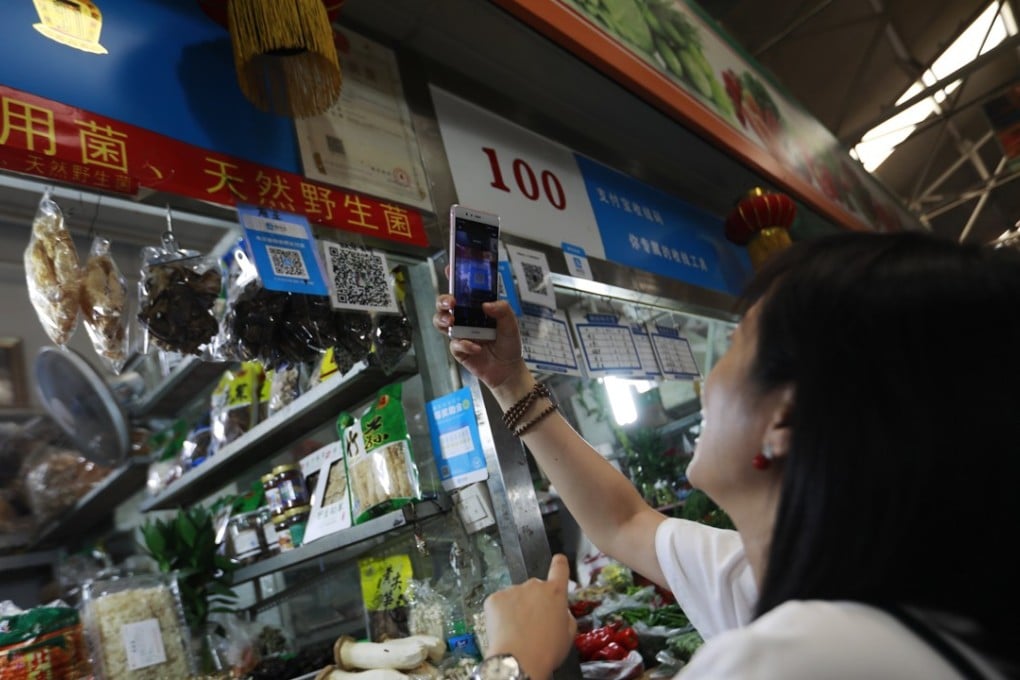China’s village people fast to adopt mobile payments
The mainland market for mobile payment transactions, which reached US$5.5 trillion in 2016, is poised for further expansion as many consumers and businesses go cashless in more than 600,000 villages across the country.

With the growth of popular mobile payment services, consumers and businesses in hundreds of thousands of villages across China are embracing a new era of convenient, cashless transactions.
For orange orchard owner Fang Zhi, who lives in a small village about 200 kilometres away from the central Chinese city of Wuhan, mobile payments have swiftly moved beyond the urban areas.
“WeChat Pay and Alipay are no longer a novelty in my village,” said Fang. “I believe almost everyone under the age of 50 in my village have downloaded these apps on their mobile phones.”
The 30-year-old Fang, who operates a 400-square-metre orange orchard, said he uses both WeChat Pay and Alipay in buying fertiliser and pesticide, as well as paying his electricity bill and internet fees.
“These apps are easy to use … Even my four-year old son knows how to scan a QR code to buy snacks at the only shop in my village,” he said.
His experience reflected how ubiquitous both WeChat Pay and Alipay have become in the world’s largest market for mobile phone users and mobile payment transactions.